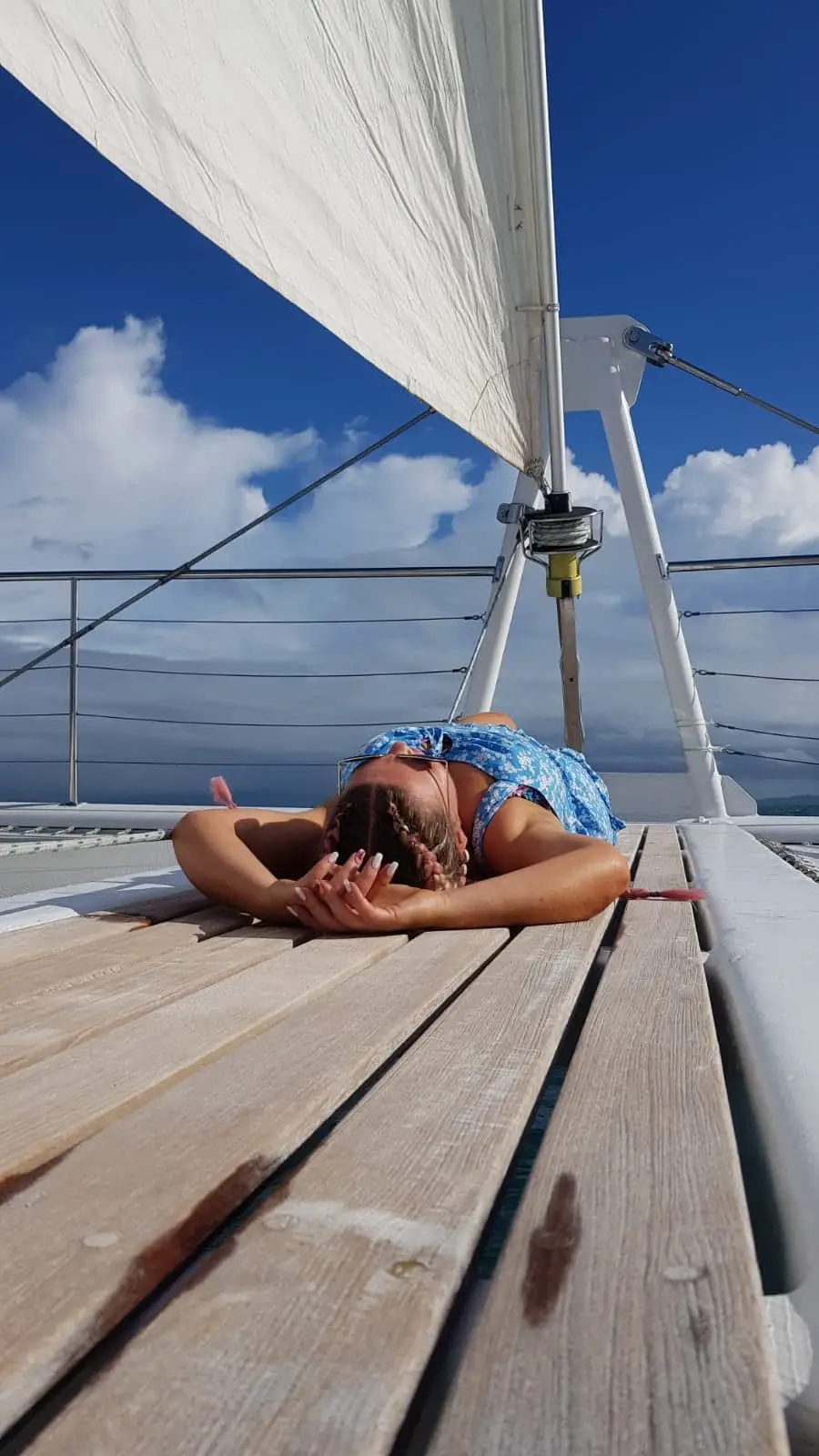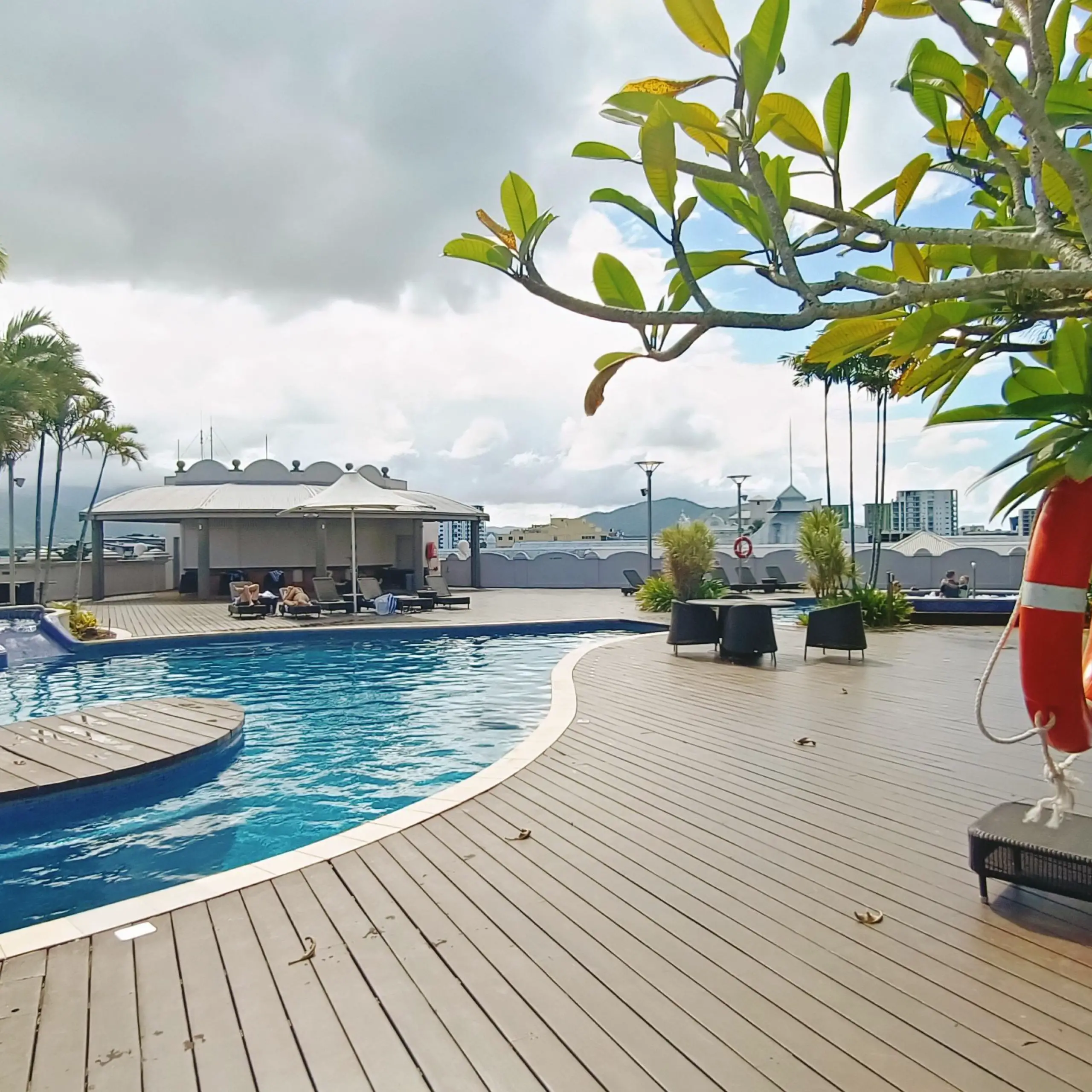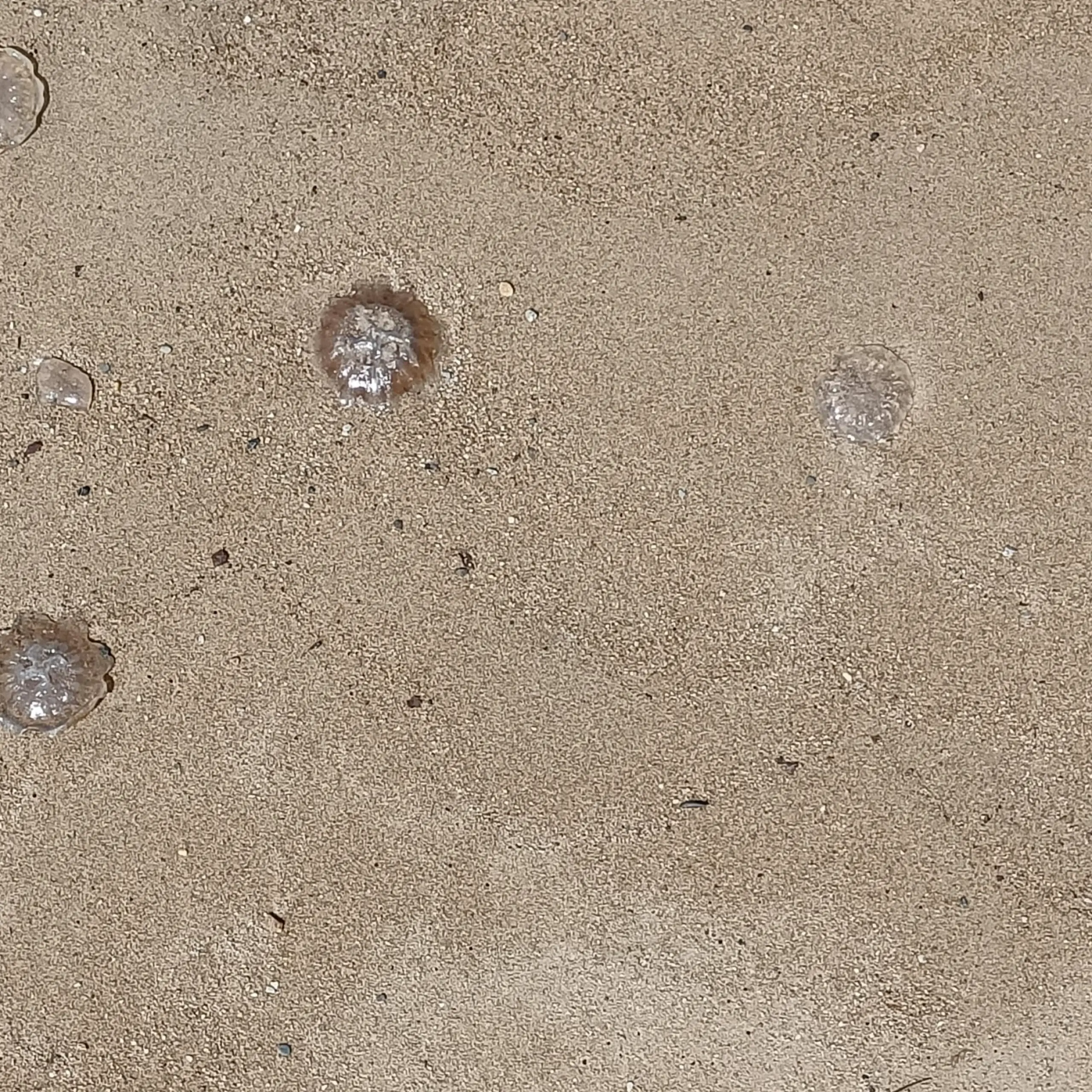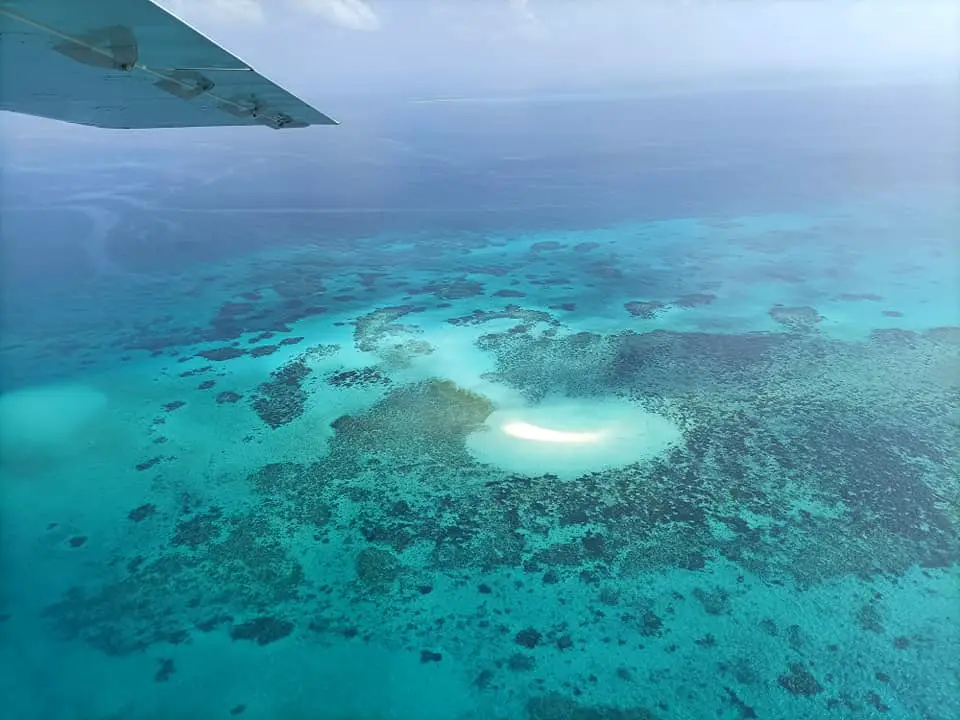The Great Barrier Reef is a complex natural system that makes up almost 10% of the coral ecosystem existing in the whole world. Located in the Coral Sea, just off the coast of Queensland in Australia, the reef is so large that it can be seen even from the outer spaçe.
A large part of the Great Barrier Reef is under protection by the Great Barrier Reef Marine Park Authority of Australia and is known as one of the seven natural wonders of the world.
Here are a few insights, for first-time visitors, which can help you protect this natural treasure for years to come.
When to visit the Great Barrier Reef?
Though the reef never sleeps, as is the case with anything concerning nature, timing IS everything. The best months to visit the Great Barrier Reef are between the months of May and October.
At this time of the year, the waters are warm enough to swim, underwater visibility is excellent and rainfall is minimal. Between November and May, the conditions are still favourable, but you will need to wear a stinger suit for safety purposes. Since movements in the animal kingdom are based on season and temperature, you can time your holiday if you want to witness the following:
- Turtle nesting: November and December.
- Turtle hatching: January to March.
- Humpback whales: July to October.
- Dwarf Minke Whales: June and July.
- Manta Rays: Winter.
Go with the right tour company
There are scores of companies operating in this popular region, hence, choosing the right one to go along with needs careful consideration. Here is a guideline to follow:
- The reefs closer to the shore are more damaged due to the effects of over-tourism and coral bleaching. Your destination should be the outer reefs which have typically sustained less wear and tear and therefore are much more colorful.
- There are various options for visiting the reef. You can take a helicopter, catamaran or a sailboat. The best way to see the reefs and stay dry at the same time is by going in a glass-bottom boat.
- If you are into water sports, opt for a tour that includes snorkeling and scuba diving.
- Consider if it is family-friendly.
Choosing a wildlife specialist such as Naturetrek will have manifold advantages over other smaller/ local providers.
Browse extensively on the internet and read reviews from travelers who have booked them and then decide. Go only if your tour is confirmed as a number of operators offer free cancellation before 24 hrs advance. Rates and offers will be almost the same with each operator, so do some extra study to make the most of your time and budget.

Choose your base for exploring the reef
The Great Barrier Reef is so massive, nearly 2300 km in length, that before you decide to visit it, you need to base yourself as near as possible to the area of the reef you want to explore. There are a number of towns in northeast Queensland like Cairns, which serve as an excellent gateway, having the great infrastructure and easy accessibility from the international airport.
While Cairns is a popular entry point, it can get quite busy at times. If you are looking for something more relaxed and quiet, drive north on a scenic coastal drive to Port Douglas, which is the gateway to the famous Agincourt Reef and the Low Isles situated on the outer edge of the Great Barrier Reef.
Where to stay
There are a number of places to choose from during your visit to the Great Barrier Reef, whether on the mainland or actually sleeping on the reef itself. This dilemma can be overcome once you decide what activities you want to include on this holiday. While some like swinging on a hammock with a book, others want to snorkel from morning to evening. So if you want to dive all day stay at Lady Elliott Island. If you want land-based activities stay in Cairns or the islands of Queensland. For a high-end experience choose Lizard or Daydream Island. And finally, if you want to experience the action at night on this UNESCO World Heritage site, you can fall asleep to the calming sounds of the reef on a pontoon or stop a premium dive vessel, for the ultimate liveaboard experience like no other.

Cost of visiting the reef
To justify your trip which may have started from the other end of the world, it is only natural that you would want to see the best. Remember, the proper reef is located a long way from the shore, as against some nearby reefs which have lost their sheen as they are visited in large numbers. Costs for reaching the outer reefs will vary depending on the time and comfort level opted for. A mid-range boat for a two-night trip to the far reefs and back with no inclusions can set you back by approximately $400AUD. This is besides your food, stay in Cairns or any other gateway you choose. A minimum budget for the Cairns and far reef experience should cost $600AUD.
Dangers of the reef
Just as the reef is in danger of being damaged due to various factors, the reef itself has become a cause of danger for those of us who are not careful. The first hazard you will encounter is the fierce Australian sun, which will leave you singed in a matter of minutes if you don’t apply sunscreen religiously. Being directly underneath the ozone layer, there is no natural atmospheric protection and the reflection of the rays from the surface of the water adds to the dangers to the skin.
Another potential serious danger, during certain times of the year, is the stinging jellyfish. Their stings are not only nasty, but some species in the far north can be lethal. So if you visit the reef between November to May, be sure to wear a protective stinger suit, which affords dual protection both from the stings and the rays of the sun.

Avoid damaging the reef
Massive as it is, the ecosystem of the Great Barrier Reef is so fragile, that if tourism is not regulated, the impact on the coral reefs would be catastrophic. Visitors need to be educated to preserve this natural treasure rather than loot it. To begin with, it’s extremely very important that the reefs are not touched as it can kill the living organisms inside them in no time. While snorkeling, buoyancy should be maintained to avoid touching the reefs with the fins, as the reef is quite shallow in places and offers little room to maneuver over them. Using a flotation device is a good option to stay on the surface and out of harm’s way for the environment. Never reach out to marine animals, as they are mostly endangered and need not be encouraged to disappear from the waters well before their time.
DON'T MISS ANYTHING!
FOMO - do you have it? Well there is no need to Fear On Missing Out here at Explore With Erin. Sign up to receive updates directly to your in box. I won’t spam you, but I do promise a whole lot of awesomeness. What are you waiting for? Join Me!
PS: We hate spam too, read our Privacy Policy here.



